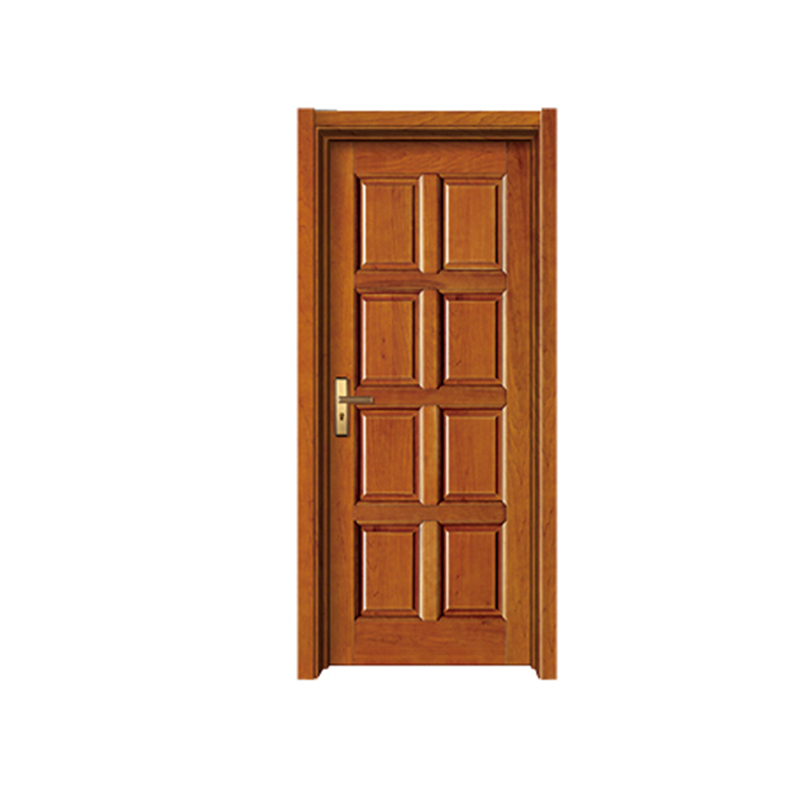2025-08-15

Veneer painted doors have become a popular choice for both residential and commercial spaces, offering a combination of natural wood aesthetics and customizable finishes. Understanding the production process of veneer painted doors from factory to installation can provide insight into the craftsmanship and care involved in creating these functional yet decorative elements.
The process begins at the factory where raw materials are carefully selected. Manufacturers prioritize sourcing high-quality wood veneers that will form the outer layer of the door. These veneers are thin slices of natural wood, chosen for their grain patterns and durability. At this stage, the veneer painted door manufacturer also considers the type of core material that will provide structural strength to the door, often opting for engineered wood or MDF (medium-density fiberboard). The choice of core affects the door's stability and performance, particularly in different environmental conditions.
Once the raw materials are prepared, the production moves to the veneering stage. Here, the wood veneer sheets are applied to the core material using adhesives under controlled pressure and temperature. This step requires precision to ensure the veneer adheres evenly without bubbles or gaps, which could affect the door's appearance and longevity. The veneer painted door's surface must be smooth and free of defects before moving on to finishing.
The finishing phase is where the door gains its characteristic painted look. Unlike solid painted doors, veneer painted doors retain the natural wood grain beneath a layer of paint, combining the appeal of wood with the ability to customize colors and finishes. The surface is first sanded to create a uniform base. Then, multiple coats of primer and paint are applied using spray equipment to achieve a consistent and smooth finish. Each coat is carefully dried and sanded as needed to maintain quality. Factories often use environmentally friendly paints and finishes that enhance durability while reducing harmful emissions.
Throughout the production process, quality control is essential. Manufacturers conduct inspections at various stages to check for issues such as veneer misalignment, paint defects, and structural weaknesses. Doors that do not meet specified standards are either reworked or discarded. This ensures that the veneer painted door delivered to customers is both visually appealing and structurally sound.
After production, the doors are carefully packaged to prevent damage during transportation. Many factories provide customized packaging options based on the order size and destination. This helps protect the doors from scratches, dents, and moisture that could occur during shipping.
Once the veneer painted door reaches the installation site, proper handling and fitting are critical. Installers must ensure the door is acclimated to the indoor environment to prevent warping or cracking caused by changes in temperature and humidity. The installation process involves fitting the door into the frame, attaching hinges, and adjusting hardware such as locks and handles. Precision during installation contributes significantly to the door's overall performance and appearance.
Veneer painted doors offer flexibility in design, making it possible for manufacturers to customize dimensions, panel styles, and paint colors according to customer specifications. This adaptability makes them suitable for a wide range of architectural styles and interior designs.
The production process of veneer painted doors involves multiple stages, starting with careful material selection, followed by veneering, painting, and thorough quality checks. From the factory to installation, each step requires attention to detail to ensure the door meets both functional and aesthetic requirements. For customers, understanding this process highlights the value of choosing veneer painted doors that blend natural beauty with customizable finishes, supported by a reliable manufacturing and installation process.
